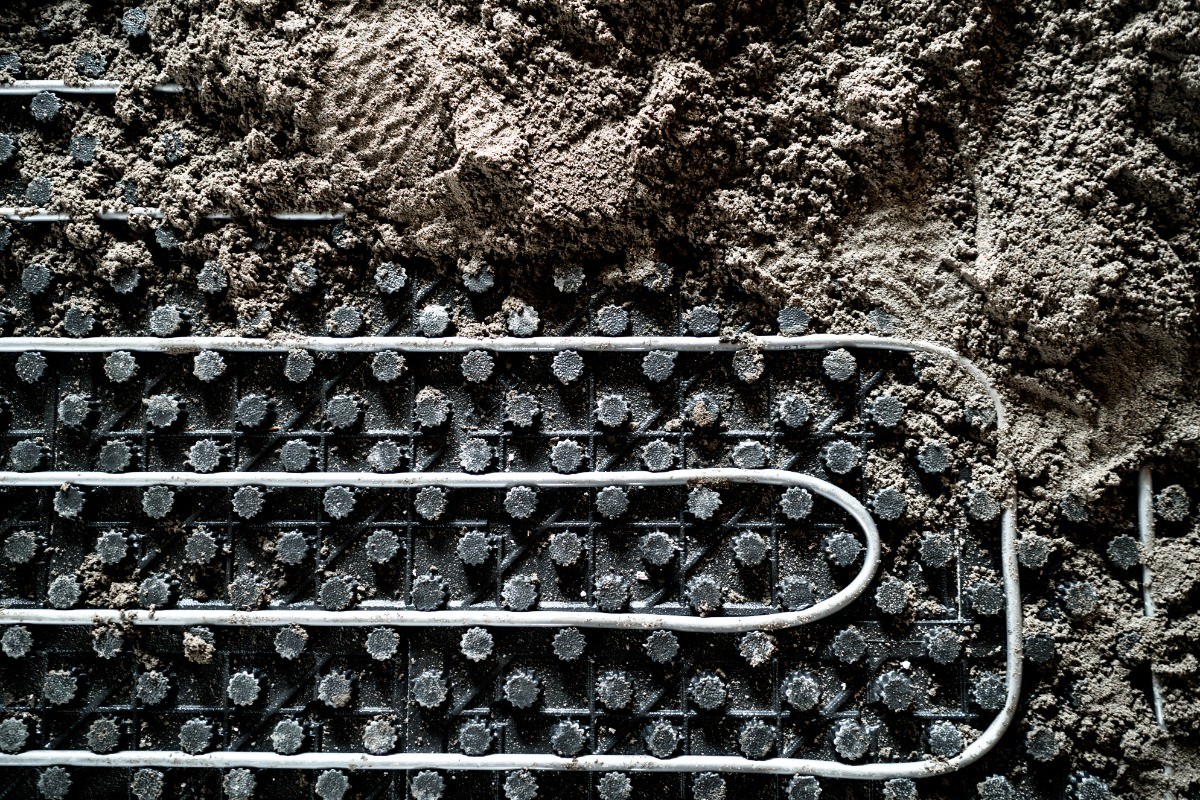The construction industry, just like any other field, is constantly under pressure to meet deadlines. Unfortunately, that’s not always possible because there are some aspects of construction that can affect how efficiently the workers can complete their job. That includes drying screed.
How long the screed dries with the use of the underfloor heating can significantly affect the project’s success. For this reason, most contractors choose to speed up the process for screed drying to speed up their project completion.
In this post, London Climate Hire, one of the most trusted boiler hire companies in London, shares a quick guide to drying screed and why a boiler hire is the best solution for this process:
First of All, What Is Screed?
Screed is a thin material that is laid over a concrete subfloor. It is traditionally made from cement and sharp sand and is somewhat similar to concrete. Its primary purpose is to provide a level and smooth surface for other finishing materials that will be laid on top of it. Those materials could be tiles, floorboards, or even carpets. Floor screed is also used to cover underfloor heating pipes, so they have a role in delivering efficient heating performance.
What Underfloor Heating Is
Underfloor heating is a system that includes pipes installed under the floor that aims to provide warmth to the room from the ground up. This is significantly less demanding on the boiler compared to traditional radiator systems. That is due to the fact that underfloor heating has a much lower operating temperature compared to radiator systems.
This particular heating system works by efficiently distributing warm water through the pipes that are installed beneath the floor. Then, thermostats are used to control and monitor heat, ensuring a comfortable temperature in the room.
Different Types of Screed Flooring
- Unbonded Screeds – As you can tell from the name, these are screeds that are not directly bonded to the base but are instead adhered to the polythene that is laid on top of the base.
- Bonded Screed – This screed is bonded onto the concrete substrate and is commonly used when a heavy loading is expected.
- Floating Screed – This is laid over an insulation layer with a slip membrane separating the insulation from the screed.
Why Temporary Boiler Hire Is the Solution
For screed drying through underfloor heating, a temporary electric boiler may be the best option. Boiler hires are especially efficient because they are mounted on a trolley and thus can be moved with ease around the construction site. It can also be directly connected to the building’s manifold.
Additionally, the boiler’s temperature is adjustable, so you can get just the right temperature for the needs of the building, the square meterage, as well as the specific type of screed used. Boilers can offer the power and control that you need for screed drying during the construction process. It can also provide you with heating for when the construction is finished.
Conclusion
If you understand how the screed drying process goes, you know how important it is to get the right solution to speed it up. An efficient electric boiler hire is recommended for this. Depending on the electric connections onsite and the square meterage, the capacity of the electric boiler you need may change. It is best to speak to experts to know for sure which units and how many you’re going to need for the job.
London Climate Hire offers the best boiler hire service in London. We have a fleet of electric boilers that can help speed up the screed drying process while ensuring that it’s done the right way.

